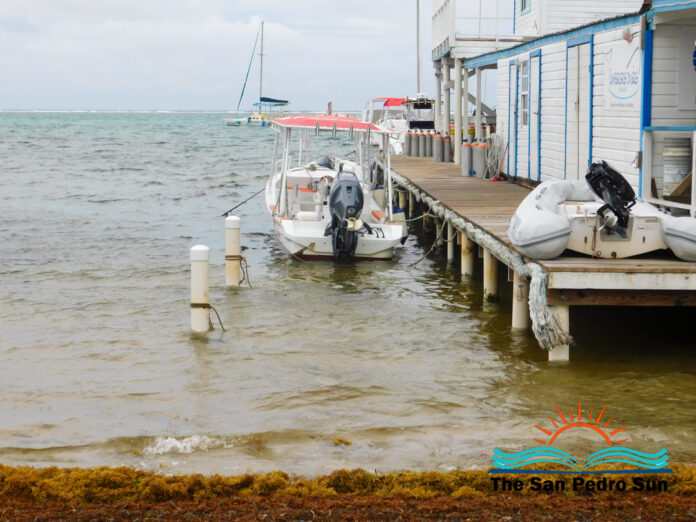San Pedro stakeholders are voicing concern over a new set of regulatory measures to be implemented by the Belize Port Authority (BPA). The measures include several new fees outlined in Statutory Instrument (SI) No. 114 of 2024. The SI, known as the Harbours and Merchant Shipping (Marina) Regulations, is part of the BPA’s broader initiative to standardize and regulate marinas, piers, and dock operations nationwide under a transparent framework.
The new regulation introduces six fees, starting with a $500 application fee for those involved in commercial activities and $150 for non-commercial applicants. Following the application, a site inspection will cost $300 within the Belize District and $700 in other districts. Additionally, there is a $150 administrative fee and an annual permit fee of $1.05 per square foot of docking capacity. The BPA stated that the application must be completed before operations begin. The inspection and permitting process is intended to ensure that all marinas and over-water structures meet the safety, environmental, and operational standards necessary for the safe and sustainable development of the maritime sector.
Tourism stakeholders in San Pedro, Ambergris Caye, have not received these new fees well. One tour operator noted that operators are already paying fees to the Ministry of Natural Resources for the use of docks constructed on the seabed, and these new charges represent an added financial burden. They expressed frustration, claiming that the BPA does not contribute to maritime infrastructure despite collecting annual vessel registration fees. “You never see any buoys installed by them, no safety signs; we do not see them putting anything back to further safeguard our maritime waters,” the tour operator said. Other stakeholders, who requested anonymity due to concerns about possible repercussions, echoed this sentiment. They believe the additional fees are excessive and could increase the cost of tourism services.
One tour operator noted that operators are already paying fees to the Ministry of Natural Resources for the use of docks constructed on the seabed, and these new charges represent an added financial burden. They expressed frustration, claiming that the BPA does not contribute to maritime infrastructure despite collecting annual vessel registration fees. “You never see any buoys installed by them, no safety signs; we do not see them putting anything back to further safeguard our maritime waters,” the tour operator said. Other stakeholders, who requested anonymity due to concerns about possible repercussions, echoed this sentiment. They believe the additional fees are excessive and could increase the cost of tourism services.
BPA’s Acting Ports Commissioner, Kaylon Young, told The San Pedro Sun that the legislation is a national regulation, not one specifically targeting San Pedro. “This regulatory regime was developed to respond to the growing demand for improved maritime safety and governance and is aimed at addressing critical issues involving the safety of these infrastructures,” Young said in an email. “Importantly, the regulation is not driven solely by revenue collection. Rather, it forms part of a strategic initiative to enhance maritime safety and environmental protection, with the Belize Port Authority reinvesting revenues into public safety and infrastructure development projects.”
Young cited one initiative that will directly benefit San Pedro and the wider Ambergris Caye area: the demarcation of boating lanes. This project aims to separate zones designated for boating from areas commonly used by swimmers and snorkelers. According to Young, this will reduce the risk of maritime accidents and vessel collisions in high-traffic zones and improve overall marine traffic management around the island.
He further emphasized that tour operators, like all commercial users of maritime infrastructure, benefit directly from safer waterways, more organized marine traffic, and enhanced coastal infrastructure. “These measures are essential for safeguarding both local livelihoods and the continued sustainability of Belize’s vibrant tourism sector,” he said.
Young acknowledged that this may be the first time such fees are being formally enforced in some areas. However, he stated that the move would align Belize with international best practices for coastal and port management. “The Belize Port Authority remains open to engagement and dialogue with stakeholders, including tour operators, to ensure that implementation is fair, phased where necessary, and aligned with national development goals,” he added.
The BPA encourages those who have not yet submitted their applications or require further clarification to do so promptly.
In the meantime, stakeholders on Ambergris Caye continue to contest the new regulation and plan to address their concerns directly with the BPA.

Share
Read more

